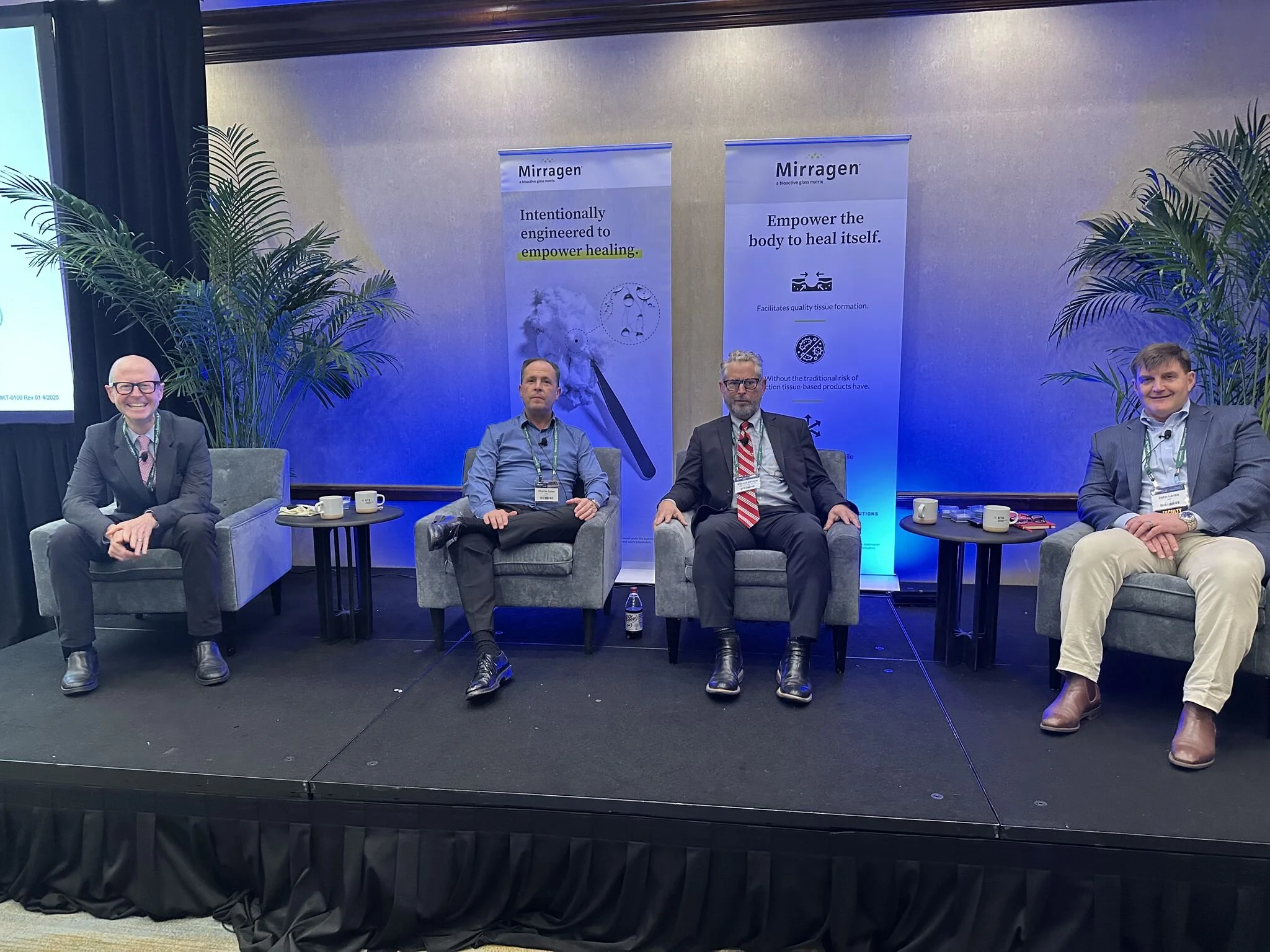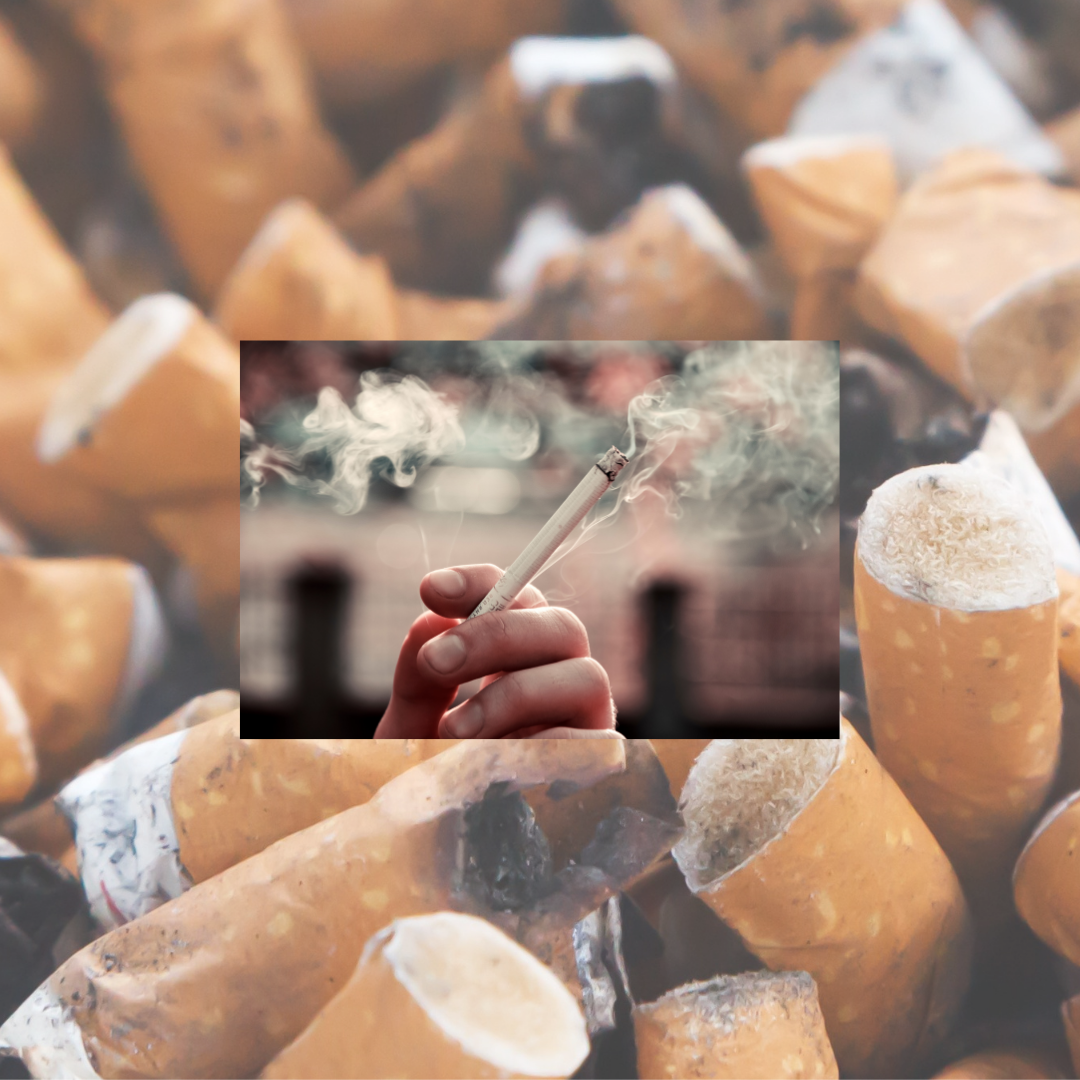Investigators and co-authors involved in the recently completed second Mirragen RCT presented results in a presentation at SAWC Spring, 2025. Mirragen bioactive glass matrix technology had been the subject of a previous, smaller RCT, in which Mirragen Bioactive Glass Matrix was used in the treatment of non-healing diabetic foot wounds. The recently completed, larger RTC compared outcomes in 133 diabetic foot ulcer patients treated with either Mirragen or standard of care (SOC).
A panel of investigators from the clinical trial, including David Armstrong, DPM, Keck School of Medicine USC, Marcus Gitterle, M.D., Chief Medical Officer, WoundCentrics, LLC, John Lantis, M.D., Drexel University School of Medicine, NY, and Charles M. Zelen, DPM., Roanoke, VA, presented data from the new RTC, which confirmed the efficacy of Mirragen bioactive glass matrix technology at the Spring SAWC in Grapevine Texas last week.
The new RCT focused on refractory diabetic foot ulcers, comparing outcomes in wounds treated with Mirragen, a borate-based bioactive glass fiber matrix, with Standard of Care, showing substantially better outcomes in patients treated with bioactive glass fiber matrix.
Mirragen bioactive glass matrix is indicated for use in a wide variety of wound etiologies including patrial and full-thickness wounds, diabetic ulcers, venous ulcers, chronic vascular ulcers, pressure ulcers, trauma wounds, surgical wounds, tunneled/undermined wounds and draining wounds. It is reimbursable in the outpatient setting when used according to the Medicare LCD for treatment of Diabetic Foot Ulcers and Venous Leg Ulcers.
Speaking with respect to the new study, Dr. Gitterle stated, “This study was designed to bolster the available data on refractory DFU treatment with bioactive boron-based glass fiber matrix, and the results strongly affirm the efficacy of this unique and important new treatment option.”
“We saw a clear differentiation in outcomes between the bioactive glass matrix arm and SOC. SOC closure rate at 12 weeks was 25% vs. 71% in Mirragen treated wounds. closed at a 70% Percent area reduction (PAR) at 12 weeks was 37% for the SOC arm versus 79% for the Mirragen treatment arm. Mirragen showed superior outcomes in both Modified Intent to Treat and Per Protocol analysis.
Commenting on the likely mechanisms behind the bioactive glass matrix treatment results, Dr. Gitterle pointed to extensive basic science data supporting multiple mechanisms by which bioactive glass matrix facilitates wound healing, including superior scafflod effects, facilitating cell migration, accelerated angiogenesis, antimicrobial properties, and inflammation-modulating effects.
“I consider bioactive glass matrix to be one of the most important innovations in complex wound care,” stated Dr. Gitterle. “I have used it successfully in very challenging cases, with extraordinary outcomes.”
WoundCentrics, LLC and Dr. Marcus Gitterle are currently conducting multiple clinical trials related to wound care, and vascular devices.
WoundCentrics is a national full-service wound care management company based in New Braunfels, Texas.





















